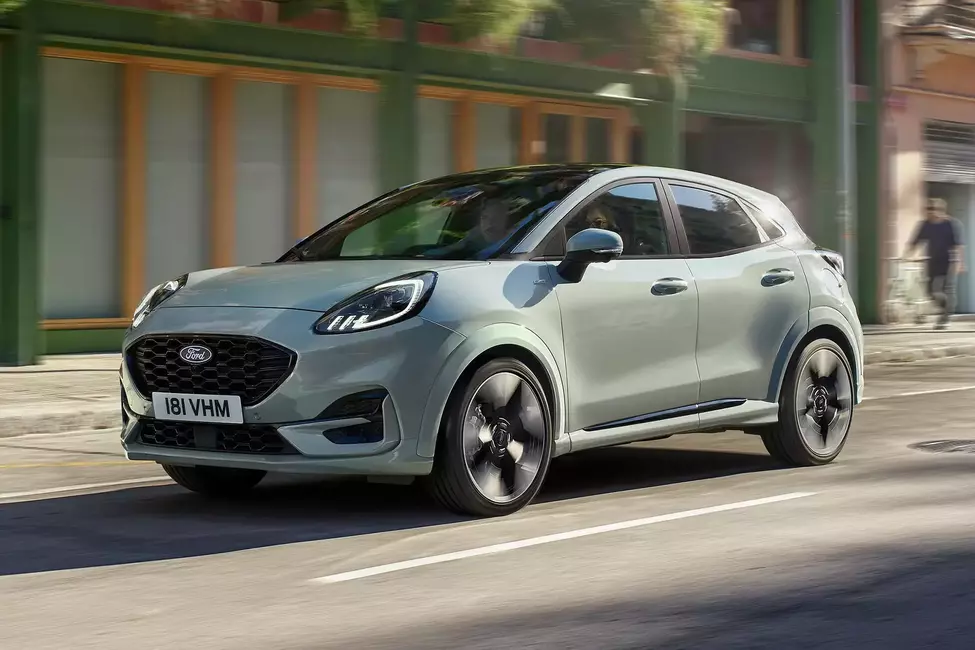What is GAP Insurance?

What is GAP insurance?
After a crash, a regular insurance payout may not cover all the outstanding finance on your car. GAP insurance covers the difference.
The difference in what you paid for your car and what your insurance company will give you in the event of a claim can vary – often significantly. Guaranteed Asset Protection (GAP) insurance is designed to plug that gap.
This gap in value is due mostly to a car’s depreciation, which happens particularly quickly when it’s new – a brand-new car will lose thousands of pounds in value as soon as it’s been taken off the dealer forecourt. This means that for most of a PCP finance contract, the car is worth less than the remaining balance owed. The total you’ve paid only catches up with the actual value of the car towards the end of a deal.
In the event of an accident, where the car is written off, the insurance company will only pay what the car is worth at the time. That’s likely to be less than the money you owe the finance company, which will still want the full outstanding balance paid, and could therefore leave you needing to find thousands of pounds to make up the difference (and, probably, get a new car, too).
That’s where GAP insurance comes in. It can be a solution to a potentially large problem, although as with any financial product, make sure you check the small print and be sure you really need it.
Won’t my insurance policy cover the gap?
Well… maybe. It can be easy to think that a comprehensive insurance policy will pay out whatever you paid for your car when you bought it, but that’s not necessarily the case – typically it will only pay the car’s market value at the time you claim. And that could be thousands of pounds less than you paid, or that you owe on finance.
However, some policies will give you a payout that will replace the car if it’s less than two years old, and some will replace a written-off car that’s under a year old with a brand-new one. This all depends on your insurance company and the policy you have, so check your documentation carefully. There could be clauses regarding mileage and car condition, too.
How does GAP insurance work?
To illustrate GAP insurance through an example, let’s say your car cost £30,000 when new, but you had a crash after 12 months that wrote it off. Your insurance company pays out the market value of the car at the time. New cars depreciate very quickly, so your car might only be worth £22,000. However you could still owe £26,000 to the finance company that lent you the money for the car.
The finance company will still expect you to pay that money as per your contract, so you’ll have to find £4,000 to make up the shortfall. Depending on what policy you have, GAP insurance will cover that difference.
GAP insurance can also cover cars bought outright with cash, bridging the gap between the price you paid for the car and the amount the insurance company pays out.
What are the different types of GAP insurance?
GAP insurance can be split into five different main types. It’s important to understand the differences between them before you purchase cover, and make sure the cover you pick is relevant to you.
1. Finance GAP insurance
This is the most common type of GAP insurance, largely because the majority of cars are bought on finance. Finance GAP insurance will pay the difference between the car’s write-off value and the amount left outstanding to the finance company. It’ll cover your financial obligations, but won’t replace your car or the money you’ve lost in depreciation and monthly payments.
2. Return to Invoice GAP insurance
A step above Finance GAP insurance, Return-to-Invoice GAP insurance covers the gap between the insurance payout and the cash price paid for the car. This means that your debts are settled, and on top of that you’ll end up financially just about back where you started. The downside? It’s more expensive than Finance GAP.
3. Return to Value GAP insurance
Sometimes called a Back to Value policy, a Return to Value (RTV) GAP policy pays the difference between the car’s market value at the time of its loss and the market value of the car at the time you took out the policy. Note, though, that’s the market value, not the invoice price, so while you may be in a better position than if you just took the car insurance payout, you may still be out of pocket.
4. Brand-New Car GAP insurance
As the name suggests, Brand-New Car GAP insurance pays out what you paid for your car plus a bit more to cover price rises. It’ll put you back to where you started with the funds to buy a replacement car, even if that’s now more expensive than it was before. The downside? The insurance policy is the most expensive kind and can only be taken out on brand-new or pre-registered cars. It also could be unnecessary, as many comprehensive insurance policies include this benefit already.
5. Lease GAP insurance
This is gap insurance for any car on a lease agreement, where you don’t end up owning the car. Lease GAP insurance will pay the lease company the difference between market value of the car at the time of its loss, and the outstanding lease balance.
Is GAP insurance worth it?
Whether GAP insurance will be useful for you depends on your circumstances. It can be a good idea if:
- You have a car that’s likely to lose value quickly
- You’re on a finance deal with a high level of interest
- You paid a small deposit, leaving you with a larger remaining balance
- You’re on a PCP contract with a large optional final payment
However, if may not be so useful if:
- Your car is less than two years old and your comprehensive insurance policy covers the money needed to replace your car with a new one
- You could pay any shortfall yourself without paying expensive premiums
Things to check when buying GAP insurance
As with any kind of financial product, read the small print in detail. Questions you should also ask include: how long does the policy last and when will it start? What’s excluded from the cover? Does the GAP insurer and the seller and seller follow the Association of British Insurers’ voluntary good practice guide?
GAP Insurance FAQs
You can get GAP insurance on most new and used cars, whether bought privately or through a business. You’ll usually need to have comprehensive car insurance, too.
GAP insurance is, in essence, a safety net for when your car is crashed or stolen. You’ll have to decide whether that peace of mind is worth the outlay.
GAP insurance won’t cover extras like options, warranties, charges for excess mileage and any payment arrears. It also won’t cover insurance excesses over £250.
Browse our most popular models

24/09/2024
Best Car Deals for New and Used Cars
Whether you're looking for the best PCP deal, huge savings with a great car leasing deal or car finance discounts, we’ve searched to find the best car deals for you.
Best 0% APR Car Finance Deals
If you're looking for a 0% car finance deal on a new car, you've come to the right place. We've searched to find the best 0 interest finance car deals out there to help you save money.
Best PCP Car Deals
Personal Contract Purchase (also known as PCP) could allow you to get your hands on a new car without needing to stump up a significant sum of cash all at once. And to help you out, we've rounded up all the best PCP car deals on offer in the UK today.
Promotions
Trustpilot Reviews
Get our latest advice, news and offers
Keep me updated by email with the latest advice, news and offers from heycar.
By submitting you agree to our privacy policy














